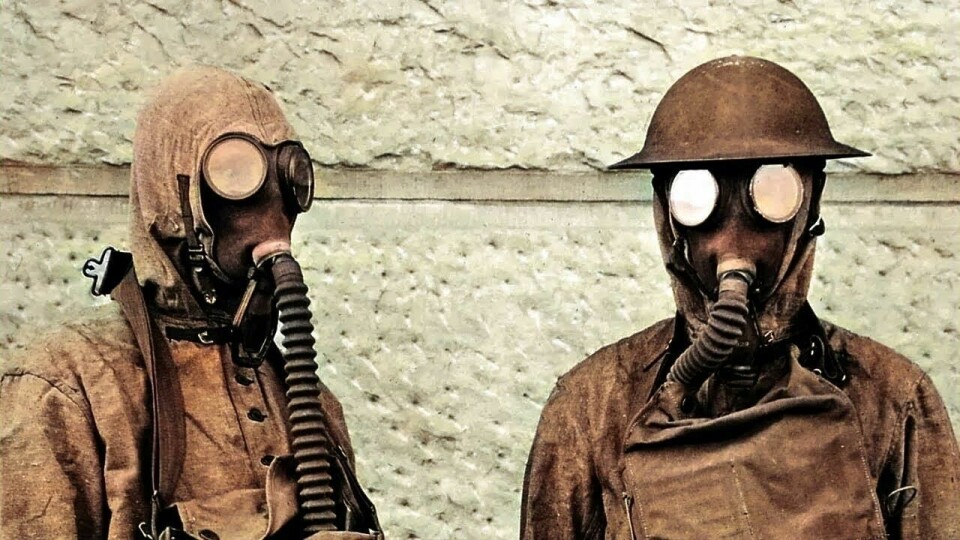
Flashback: designing the car windscreen
Long used for protection and safety, the windscreen of the future could also become a field of information
The windscreen, and automotive glass in general, is so ubiquitous and so well engineered that it is easy to take it for granted. That is, of course, until it frosts on a cold morning, or is the target of birds, or breaks when a stone is kicked up on the motorway.
Automotive glass, like steel and plastics, is a highly refined material, the result of decades of research and a great deal of ever-increasing regulation. The glass in our current cars is among the most advanced materials ever developed, finished and refined to a standard that would have been impossible in 1904 when the first windscreens were installed.
The first windscreens were expensive luxuries, installed on primitive cars which were themselves expensive gadgets. In 1908, when Henry Ford finally produced a modestly-priced car, the Model T, he sold windscreens as an optional package that also included a top and headlights(!).
It was Oldsmobile that, in 1915, sold the first cars in the US with a windscreen as standard. Customers had become tired of being bombarded at speed with insects, leaves, dirt, and other more unmentionable substances (again, birds). At the same time, the market for side and rear glass grew rapidly as the novelty of open car touring wore off and motorists began to prefer enclosed cabins.
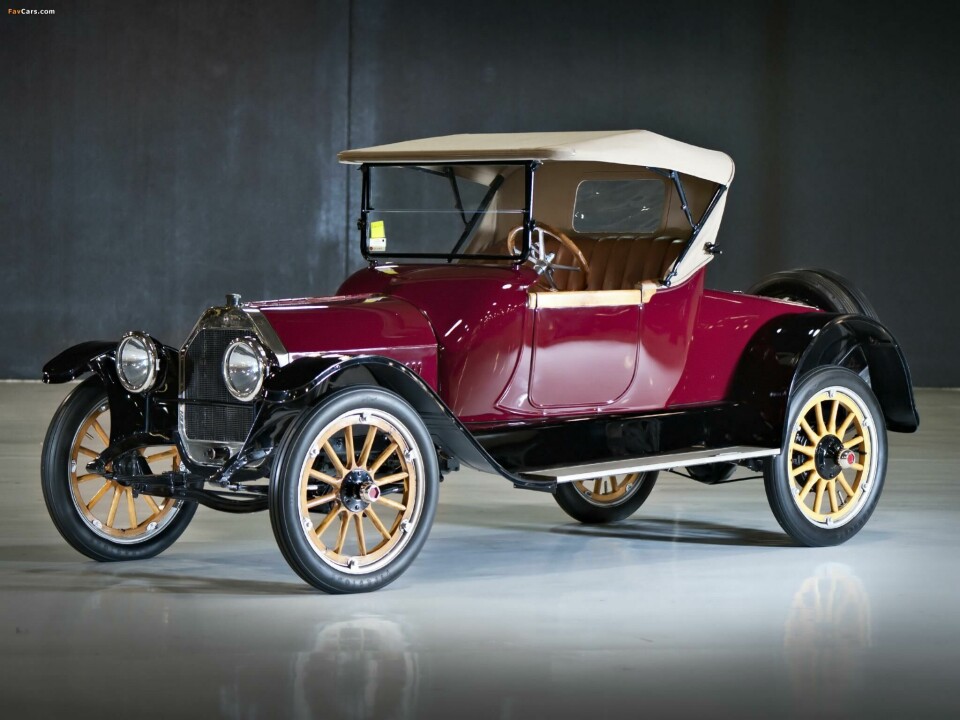
Safety glass was invented by accident in the laboratory of French chemist Édouard Bénédictus, who found that a beaker covered with dried cellulose nitrate held its shape even while breaking after a fall from a high shelf. He would soon develop an early laminate glass by attaching another layer of plate glass to the mixture, making a glass-cellulose nitrate-glass sandwich. In the UK, John Crewe Woods, a solicitor, also invented a laminated glass using a sandwich of glass – Canadian balsam-glass – with much the same strength and resistance to dangerous, uncontrolled shattering.
By 1910, laminated glass seemed the future of windscreens, but it was very expensive. It would find its first use in World War 1 in the goggles and masks worn by soldiers as part of their poisoned gas protective gear. In England, the laminated glass products were sufficiently advanced that a company, Triplex Safety Glass, was formed to produce them. Companies in the US, including Libbey Owens Ford and Pittsburgh Plate Glass (PPG) would license the technology.

All these developments paralleled an increase in road accidents in both the US and Europe. It was not uncommon for drivers and passengers to fly through the brittle plate glass windscreens, and multiple lawsuits were filed against automakers for defective products. Ford, GM and others grew alarmed at the rising legal liability. “Wearing a glass necklace” rapidly became a catchphrase describing the hapless victims, and soon became part of the popular discussion about cars.
Grudgingly, as windscreens became standard equipment, automakers absorbed the cost of the laminated glass, but Henry Ford, ever the cost cutter, searched for ways to improve quality and reduced cost. He would partner with Pilkington glass to create a glass rolled through a milling process and engineered to greatly improve quality and consistency. (Pilkington would later, in 1959, develop the “float glass” that we use today, another revolution in quality and production.)
Developments in quality and improvements in materials made for a rapid improvement of different glass types in the 1920s and 1930s. Lincoln sold a special “Police Flyer” that had a bulletproof windscreen. Special resins were developed to block UV light that discolored windscreen laminates. Curved windscreens and split glazing moved the design of windscreens from vertical glazed panels to more creative shapes.
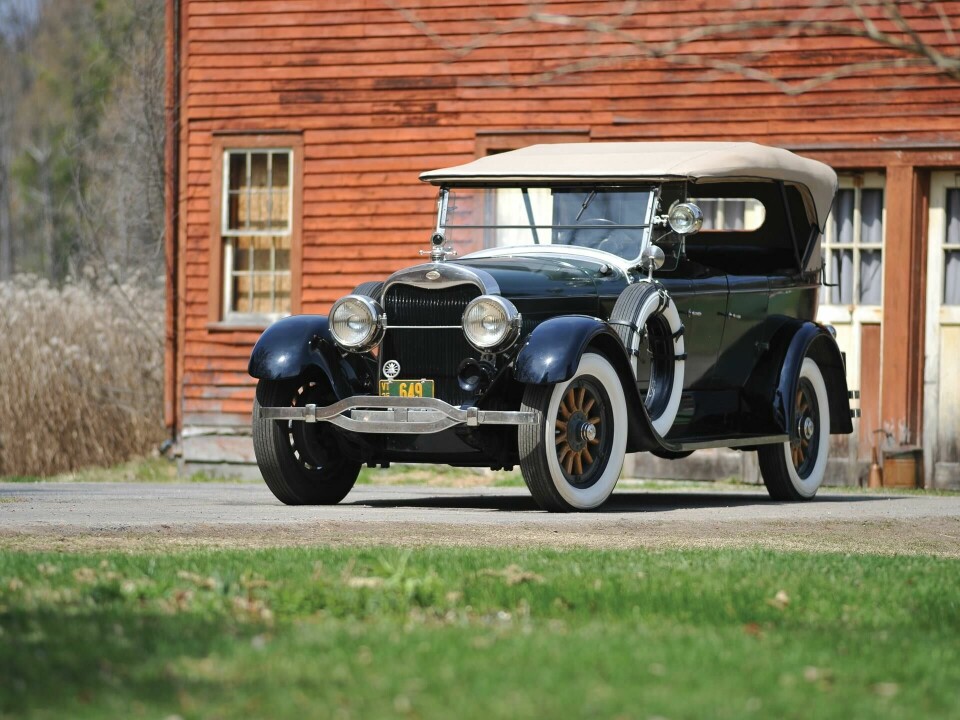
World War II brought even more development to safety and laminated glazing. Improved manufacturing techniques allowed for double curvatures and wraparound windscreens that made for interesting new designs in passenger cars at all price points.
Tempered glass, developed in the 1950s, became the standard for side and rear windows (they had previously been made of plate glass, except for premium cars).
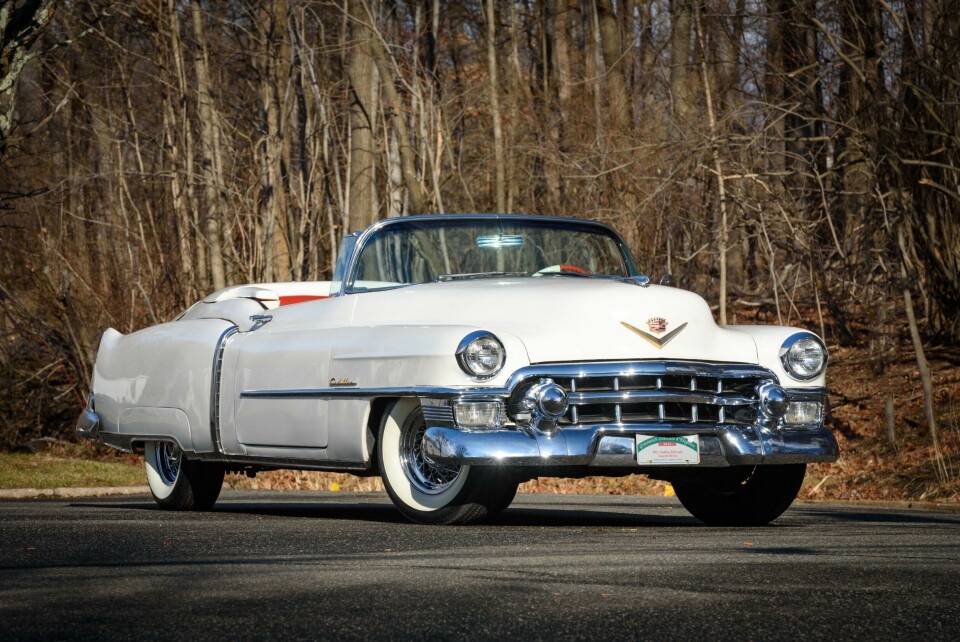
Driving the developments were the first safety regulations like The Road Traffic Act of 1930, which required all cars sold in the UK to have safety glass in the windscreen. The US followed with similar regulations, especially in the 1960s and !970s when many very specific and technical requirements were put into place to ensure safety in glazing at all windows of the car.
But what will become of the windscreen in the future? Certainly, material improvements, especially at the molecular and nanoparticle level, will ensure stronger glass panels. Thin ultra-strong films will reinforce these new high-tech glazing sandwiches.
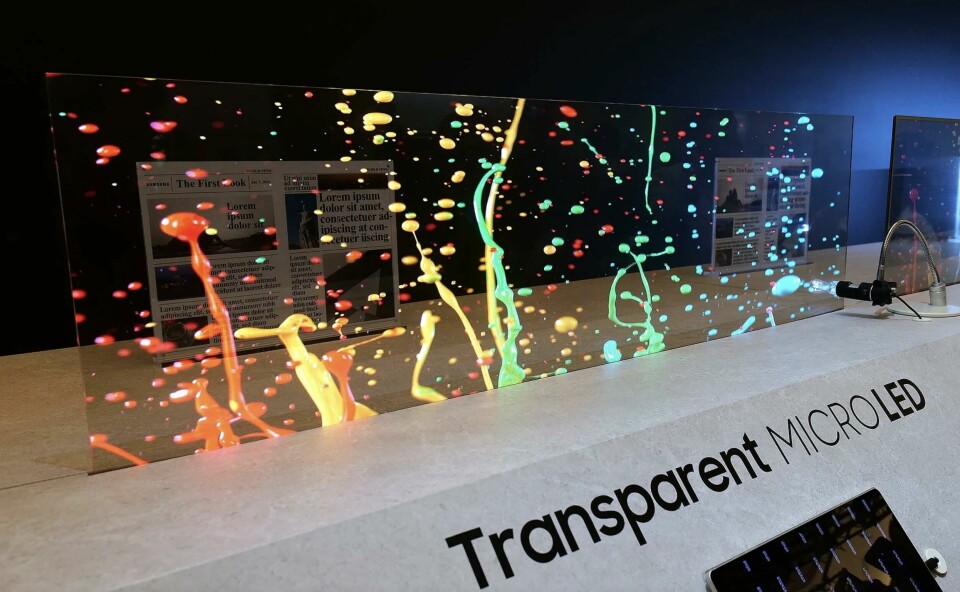
But beyond the improved safety, we may soon see the windscreen as an information device. At CES this year, both Samsung and LG introduced transparent media screens.
The LG is an OLED wireless 77-inch television, while the Samsung is a microLED screen suitable for various uses, including television. Ultra-expensive now, even for a TV, these displays may one day find their way into windscreen design as a display for information, instrumentation and ultimately, with autonomous vehicles, entertainment. These will be much more advanced than today’s HUD systems. They will truly be smart and safety glass.
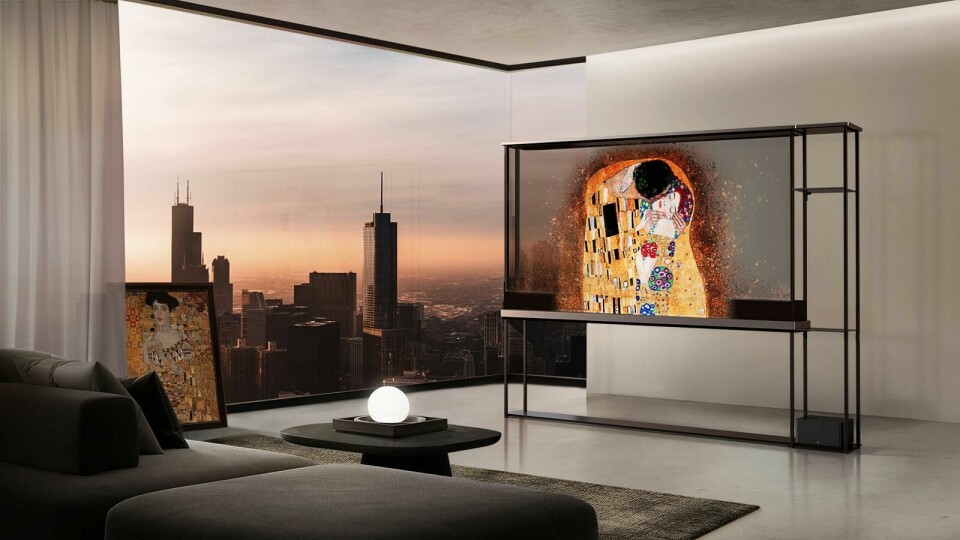
The windscreen of the last century has literally and metaphorically been a window into the distance, one that moves forward as you do. But now we can imagine a smarter, safer view into the distance, a glimpse not only of the horizon, but beyond.



